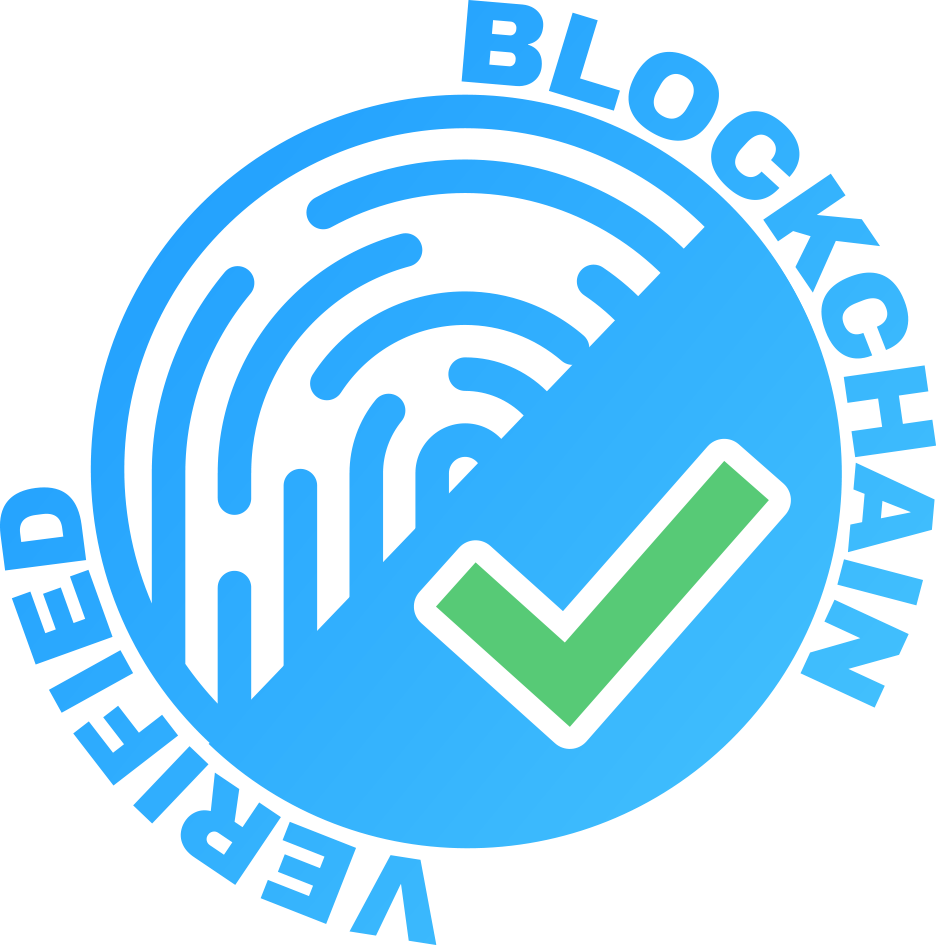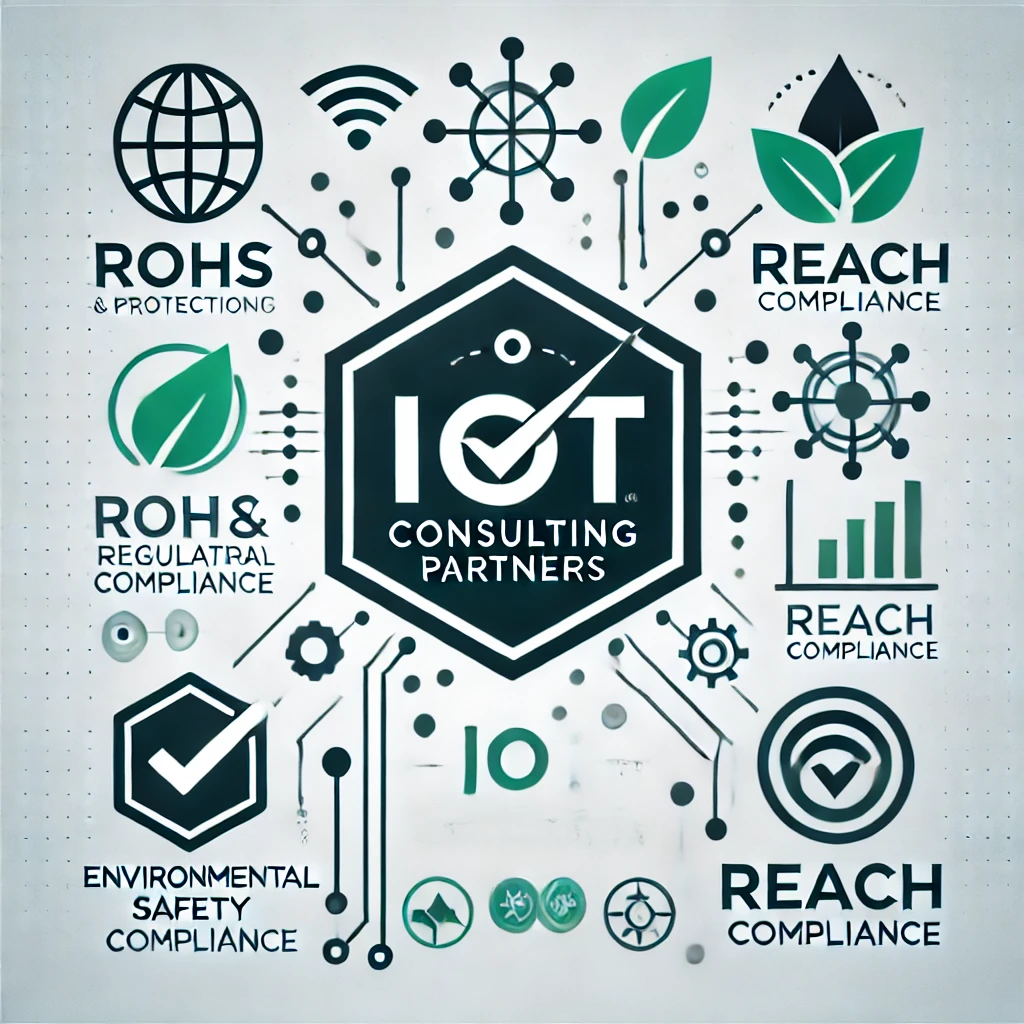When navigating the complex world of regulatory compliance, especially within the European Union (EU), two critical frameworks often come into play: RoHS (Restriction of Hazardous Substances) and REACH (Registration, Evaluation, Authorisation, and Restriction of Chemicals). These regulations aim to protect both human health and the environment from harmful substances, but they do so in very different ways and apply to distinct industries. In this article, we’ll break down the key differences between RoHS and REACH, how they impact manufacturers, and why it’s crucial to comply with both.
What Is RoHS?
The RoHS Directive (first introduced as 2002/95/EC) was implemented to limit the use of certain hazardous substances in electrical and electronic equipment (EEE). The most recent update, RoHS 3 (Directive 2015/863), restricts a total of ten substances, including lead (Pb), mercury (Hg), cadmium (Cd), and four types of phthalates. RoHS compliance is mandatory for manufacturers who want to sell electronics in the EU, and it’s a prerequisite for CE marking, the certification that indicates a product conforms to European safety and environmental standards. More info in our blog about RoHS.
Key Aspects of RoHS:
- Scope: Targets electrical and electronic equipment (EEE) such as computers, smartphones, and household appliances.
- Restricted Substances: Limits ten hazardous substances, including heavy metals like lead and mercury, and flame retardants like polybrominated biphenyls (PBB) and polybrominated diphenyl ethers (PBDE).
- Market Access: RoHS compliance is essential for manufacturers aiming to sell electronics within the EU.
- Testing & Documentation: Requires manufacturers to test for restricted substances and issue a Declaration of Conformity (DoC) to demonstrate compliance. The DoC must be kept up to date and include detailed technical documentation.
What Is REACH?
REACH (Regulation (EC) No 1907/2006) is a broader regulation that applies to all chemical substances, not just those used in electronics. REACH is intended to manage the risks associated with chemical substances and includes a process for identifying and controlling Substances of Very High Concern (SVHC), such as carcinogens, mutagens, and bioaccumulative toxins. Companies must register substances produced or imported into the EU in quantities of 1 tonne or more per year with the European Chemicals Agency (ECHA).
Key Aspects of REACH:
Registration & Documentation: Requires comprehensive data about the properties, risks, and safe usage of chemicals. Companies must register chemicals with ECHA and provide a registration dossier detailing safe-use practices and risk management measures.
Scope: Covers all chemicals used in various industries, including electronics, cosmetics, textiles, and manufacturing.
SVHC & Authorization: Requires registration of SVHCs and restricts their use. Substances that fall under the Authorisation List (Annex XIV) cannot be marketed without explicit authorization from ECHA.
RoHS vs. REACH: How Do They Differ?
| Aspect | RoHS | REACH |
|---|---|---|
| Scope | Electrical and electronic equipment (EEE) | All chemical substances across various industries |
| Substances Covered | 10 hazardous substances | Thousands of chemical substances, including SVHCs |
| Targeted Products | Consumer electronics, industrial electronics | Any product containing chemicals (e.g., toys, textiles, paints) |
| Compliance | CE marking required for market access | Registration with ECHA for substances over 1 tonne/year |
| Authorization Needed? | No, focuses on restricted substances | Yes, required for SVHCs and Annex XIV substances |
Why Both RoHS and REACH Are Critical for Manufacturers
While RoHS and REACH overlap in terms of regulating hazardous substances, they have different scopes and apply to different industries. RoHS focuses on electronics, while REACH applies to a much broader range of products and industries. Companies that manufacture electronics, for example, must comply with RoHS to sell their products in the EU, but they may also need to comply with REACH if their products contain substances subject to REACH restrictions or registration.
Failing to comply with either regulation can result in severe penalties, including product recalls, market access restrictions, and fines. Both regulations are essential for reducing environmental impact and protecting public health, but they require different compliance processes.
Common Overlaps Between RoHS and REACH
There is some overlap between RoHS and REACH, particularly with the ten substances restricted by RoHS, which are also covered under REACH as Substances of Very High Concern (SVHC). However, when it comes to electrical and electronic equipment, RoHS takes precedence over REACH. For instance, if a substance is restricted under both directives, the product must comply with RoHS first
How IoT Consulting Partners Can Help with RoHS and REACH Compliance
Understanding and complying with RoHS and REACH can be a daunting task for businesses, especially when navigating the nuances between these two regulations. This is where IoT Consulting Partners comes in. We offer tailored compliance strategies to help manufacturers meet both RoHS and REACH requirements efficiently.
Our Services Include:
- RoHS Compliance Support: We assist in testing your products for RoHS-restricted substances and ensuring that you have the necessary documentation, including the Declaration of Conformity (DoC).
- REACH Registration: Our team helps you register your chemicals with ECHA, prepare the registration dossier, and ensure compliance with SVHC and Annex XIV restrictions.
- Product Assessment & Testing: Whether you need help testing for hazardous substances in electronics or evaluating SVHCs in chemical mixtures, we offer comprehensive testing and compliance solutions.
- Global Market Access: We help you navigate both EU and international regulations, ensuring your products are compliant and ready for global distribution.
FAQs on RoHS and REACH
Q1: What is the most significant difference between RoHS and REACH?
A: RoHS focuses specifically on electrical and electronic equipment, restricting ten hazardous substances, while REACH covers all chemicals and industries, focusing on managing the risks of substances of very high concern.
Q2: Do I need to comply with both RoHS and REACH?
A: Yes, depending on your industry. For electronics manufacturers, compliance with both RoHS and REACH may be necessary if the products contain chemicals subject to REACH regulations.
Q3: How does IoT Consulting Partners help with compliance?
A: We offer a range of services, from RoHS substance testing to REACH registration and documentation, helping you ensure full compliance with both directives.
Conclusion
RoHS and REACH play a critical role in ensuring the safety of products in the European market, protecting both human health and the environment from hazardous substances. While RoHS is tailored for electronics and REACH is broader in scope, both are vital for manufacturers selling in the EU. By understanding the differences and leveraging expert guidance, businesses can ensure they stay compliant and avoid potential penalties.
For more information on how to stay compliant with RoHS and REACH, contact IoT Consulting Partners today or schedule a meeting.

|
Do You Have Questions? Schedule a Free Consultation Now! |

|


